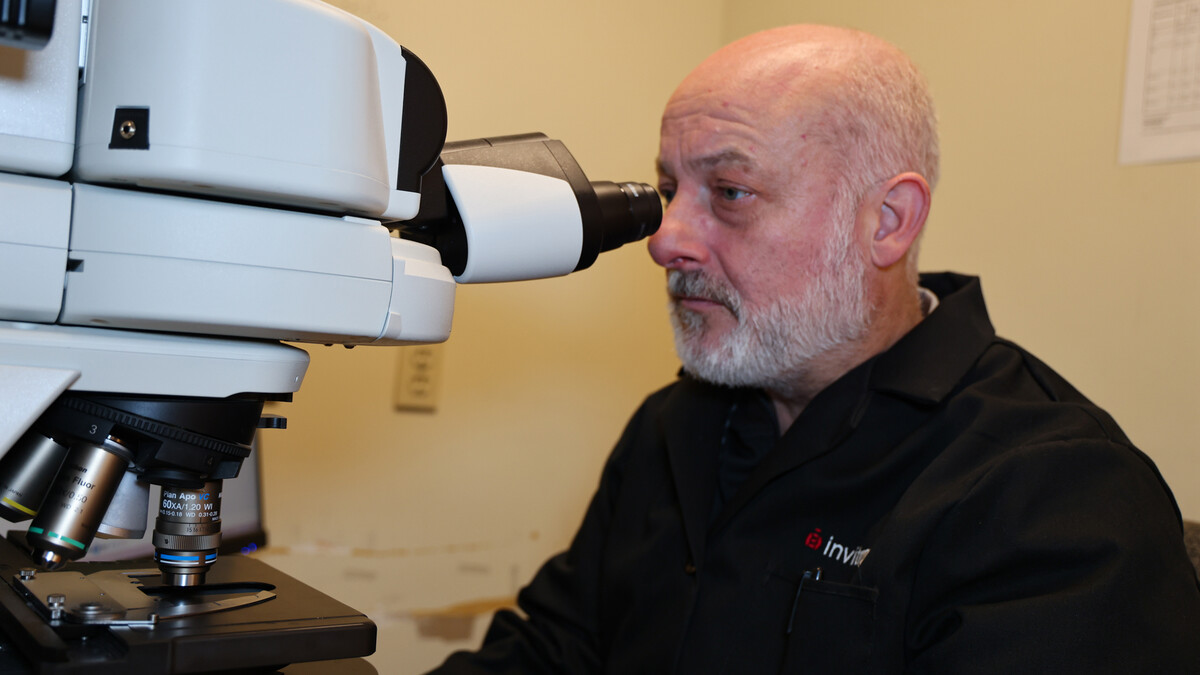
Lincoln, Neb. — Paige Madison, from Adrian, Minnesota, is a master’s student in the Ruminant Nutrition department at the University of Nebraska-Lincoln researching the effects of varying modified distillers grains in feedlot diets.
Madison grew up on a family farm with various livestock, including beef cattle, and took multiple beef classes during her undergrad at South Dakota State University. She became interested in UNL’s graduate programs in animal science while shadowing nutritionists during a feedlot internship and after guidance looking into different graduate programs with SDSU faculty.
“I saw what Nebraska had to offer with its amazing faculty and facilities and wanted to give it a try,” Madison said. “I really looked forward to the recent opening of the Klosterman Feedlot Innovation Center.”
Madison’s research involves analyzing the effects of feeding variable amounts of modified distillers grains in feedlot diets. Distillers grains are byproducts of ethanol production that are used in feedlot diets as a source of energy and protein. Distillers can be wet, dry or modified based on the moisture of the byproduct. Madison’s research used modified distillers grains which have a moisture level of about 48%.
“Ever since COVID, the supply and deliveries of distillers grains has been inconsistent,” Madison said. “We wanted to see what it would do to the cattle if producers ran out of distillers and had to pull it out of the diet and then a week later, they got a delivery and could put the full inclusion back into the diet.”
When the diet is not consistent, cattle can go into ruminal acidosis, which is when the rumen’s pH is too low, which may cause cattle to go off feed, lose weight and perform poorly. Ruminal acidosis is the second-most common cause of depressing animal performance and efficiency in the feedlot, causing an economic impact on producers. Research on variable amounts of distillers included in the feedlot diet can give guidance to producers on how to manage feedlot diets when distillers' availability is interrupted.
Madison’s current research is phase two of a previous UNL study that looked at varying distillers in diets with two inclusions of grass hay. This study looked only at a distillers’ inclusion of 25%. The results of this study showed no significant differences between the constant versus variable inclusion groups, to the researchers’ surprise.
Phase two focuses on constant versus variable distillers at 10% and 25% of the diet, with a control of corn with no distillers. To Madison and her team’s shock, there is still no significant difference between the constant versus variable inclusion groups.
Madison will begin a third phase of this variable distillers grains research at the Klosterman Innovation Center using the new Insentec technology feed bunks this winter. Instead of using just cattle performance to determine if there are differences between the constant and variable groups, phase three will also use pH probes in the rumen to evaluate differences within the digestive tract. These pH probes will help detect if any acidosis is occurring.
After graduation, Madison is considering pursuing a doctorate or starting a career in Extension or the livestock industry. She hopes to work with both producers and livestock.
“I love both the people and animal aspects of things in the agricultural industry,” Madison said.







